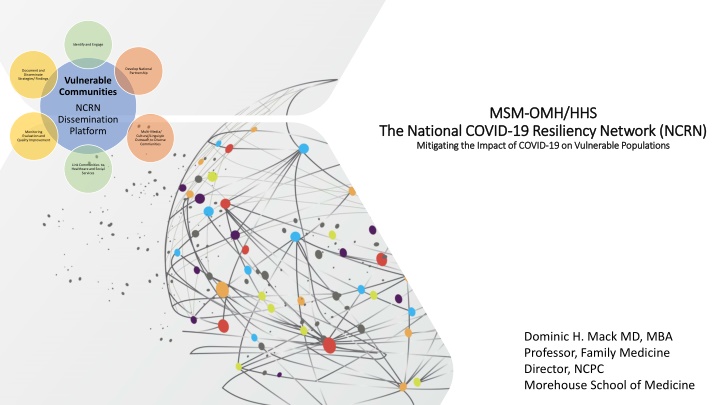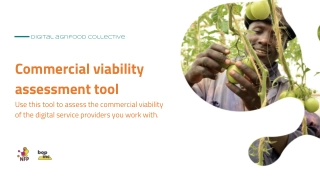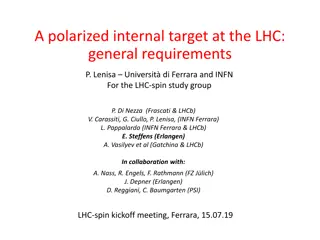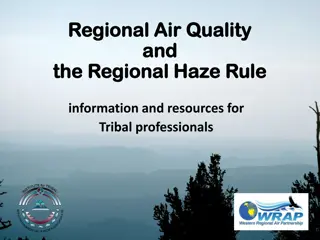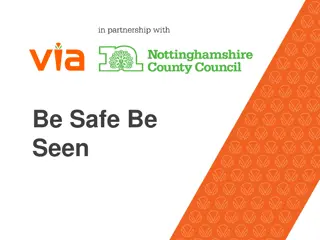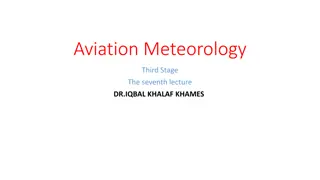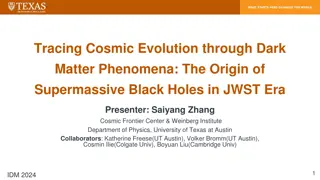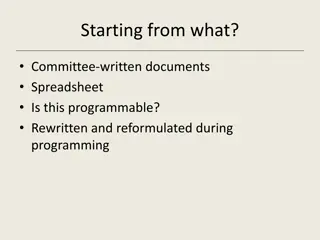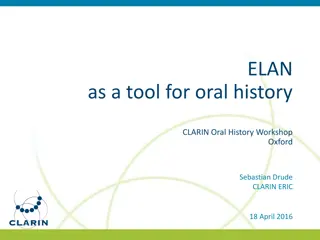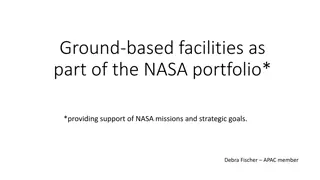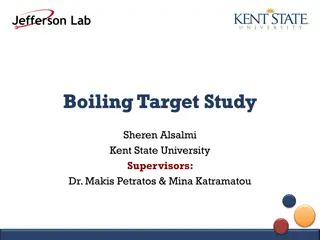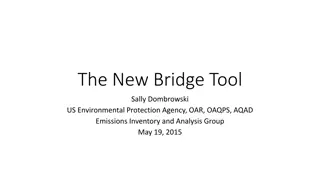ESAC 2017 JWST Workshop General Target Visibility Tool
This tool provides an overview of visibility windows and Position Angle (PA) availability for each Scientific Instrument (SI) as a function of time. The schedulability of observations involves factors beyond just target visibility, such as guide star availability and proposal constraints. Users should utilize the Astronomer's Proposal Tool (APT) to determine the schedulability of final observations. Understanding the nuances of different instruments' PAs is crucial for accurate linking of observations. Syntax usage and case examples are provided for practical application.
Download Presentation

Please find below an Image/Link to download the presentation.
The content on the website is provided AS IS for your information and personal use only. It may not be sold, licensed, or shared on other websites without obtaining consent from the author.If you encounter any issues during the download, it is possible that the publisher has removed the file from their server.
You are allowed to download the files provided on this website for personal or commercial use, subject to the condition that they are used lawfully. All files are the property of their respective owners.
The content on the website is provided AS IS for your information and personal use only. It may not be sold, licensed, or shared on other websites without obtaining consent from the author.
E N D
Presentation Transcript
Identify and Engage Develop National Partnership Document and Disseminate Strategies/ Findings Vulnerable Communities NCRN MSM MSM- -OMH/HHS OMH/HHS 19 Resiliency Network (NCRN) Mitigating the Impact of COVID Mitigating the Impact of COVID- -19 on Vulnerable Populations 19 on Vulnerable Populations Dissemination Platform The National COVID The National COVID- -19 Resiliency Network (NCRN) Multi-Media/ Cultural/Linguistic Outreach to Diverse Communities Monitoring Evaluation and Quality Improvement Link Communities to Healthcare and Social Services Dominic H. Mack MD, MBA Professor, Family Medicine Director, NCPC Morehouse School of Medicine
Goal: Mitigate the Impact of COVID-19 on Vulnerable Populations Objectives 1) Identify and engage vulnerable communities through local, state, territory, tribes and national partners. 2) Nurture existing and develop new partnerships to ensure the NCRN is an active information dissemination network. 3) Partner with vulnerable communities and national, state, local, and government organizations to provide and disseminate culturally and linguistically appropriate information throughout states, territories, and tribes. 4) Use technology to link members of the priority vulnerable communities to community health workers, COVID-19 healthcare and social services, including testing, vaccinations, behavioral health counseling, and links to primary care practices. 5) Monitor and evaluate the success of the services and measure outcomes using process improvement methods to improve the quality of the overall program. 6) Use broad and comprehensive dissemination methods, including mainstream media, white papers, and publications as resources and strategies to add to the body of scientific knowledge and to bring awareness, participation, education and training.
The National COVID The National COVID- -19 Resiliency Network (NCRN) 19 Resiliency Network (NCRN) Mitigating the Impact of COVID Mitigating the Impact of COVID- -19 on Vulnerable Populations 19 on Vulnerable Populations Technology Platform
Simply, the platform links: ZIP CODE RISK CULTURE TESTING CARE
Accelerating Consumer Engagement Technologies Leverage existing subject matter professionals to leverage key partnership and scale services in response to COVID-19 Digital Presence COVID-19 Digital triage process via web and mobile applications National COVID-19 Resiliency Network Chat Bot Symptom Checker, testing locator and general information inquiries to help drive consumers to the right channels for their needs. Hello Sarah Virtual-Collaboration Provide a platform for public partnerships and organizations to collaborate and manage resources for individuals and communities at scale Telco/Telehealth Work with affiliated health system partners to offload volume of patient inquiries around testing, medication management, education, refills, etc., Click HERE to start your COVID-19 screening Outreach Services Proactively reach out to individuals and communities with resource to assist with COVID-19 transportation needs to assist with coordination and delivery Ability to deploy technology in multiple languages may be offered Also state that appropriate federal and state privacy rules will be incorporated into the solution.
Table 1. NCRN Five Priority Communities Impacted by COVID 19 (Phase 1) State/Territory # Cases # Deaths Priority Areas Vulnerable Communities Reasoning Georgia 1567 126 Dougherty County African American 17 out of 1000 citizens are infected, health system overwhelmed, HPSA Louisiana 5724 61 Orleans, Jefferson, East Baton Rouge Parishes African American Incarcerated Quick rise in cases and deaths, 2nd highest incarcerated population in US, need for culturally appropriate approach for African Americans Navajo Nation 2757 88 Reservation touches Arizona, New Mexico, Utah Native Indian Largest American Indian population with the highest infection rate and most deaths; Need for additional culturally relevant resources, HPSA New York 340,442 25,585 New York City African American Hispanic Asian Highest cases and deaths in US, risk of resurgence as state opens for business Rural consortium Texas Alaska TX-Meat Packing, 19 out of 1000 citizens being infected, HPSA Small numbers, but high underlying health risk and scarce healthcare availability, HPSA 37,674 377 1,068 3 Moore County Anchorage Hispanic/Migrant workers Alaskan Native
NCRN Partnerships NCRN Partnerships National Strategic Partners State, Territory and Tribes State OMH, Public Health CBOs, Health Systems, Local Organizations Community Partner Capabilities Connection with Racial and Ethnic Groups Reach/Breadth Ability to Communicate with community Boots on the Ground Capability (CHWs) Existing Resources CHWs
Scope of Work Guidance Scope of Work Guidance Identify and Engage- Identify and engage community- based partners to support NCRN objectives. Assist with the identification of hot spots and areas of interest. Partner- Co-branded partnership with NCRN. Introduction and assistance with additional community-based partnerships that will be valuable for outreach to community. Messaging- Assist the NCRN team with current messaging and the development of new messaging for community. Link- Marketing, collaboration with community programs and events, link to CHWs where appropiate. Evaluate- Enter program activity into CRM tool, assist with collection of information and data relevant to program objectives. Disseminate- Assist with dissemination of NCRN-related education programs and best practices. Lead or assist with the writing of white papers, scientific publications according to organizational capacity.
Thank YOU! Thank YOU!
